Results 5,541 to 5,550 of 12095
Thread: Anandtech News
-
12-08-15, 08:07 AM #5541
Anandtech: AMD Discusses 2016 Radeon Visual Technologies Roadmap
This is something that initially caught me off-guard when I first realized it, but AMD historically hasn’t liked to talk about their GPU plans much in advance. On the CPU size we’ve heard about Carrizo and Zen years in advance. Meanwhile AMD’s competitor in the world of GPUs, NVIDIA, releases some basic architectural information over a year in advance as well. However with AMD’s GPU technology, we typically don’t hear about it until the first products implementing new technology are launched.
With AMD’s GPU assets having been reorganized under the Radeon Technologies Group (RTG) and led by Raja Koduri, RTG has recognized this as well. As a result, the new RTG is looking to chart a bit of a different course, to be a bit more transparent and a bit more forthcoming than they have in the past. The end result isn’t quite like what AMD has done with their CPU division or their competition has done with GPU architectures – RTG will talk about both more or less depending on the subject – but among several major shifts in appearance, development, and branding we’ve seen since the formation of the RTG, this is another way in which RTG is trying to set itself apart from AMD’s earlier GPU groups.
As part of AMD’s RTG technology summit, I had the chance to sit down and hear about RTG’s plans for their visual technologies (displays) group for 2016. Though RTG isn’t announcing any new architecture or chips at this time, the company has put together a roadmap for what they want to do with both hardware and software for the rest of 2015 and in to 2016. Much of what follows isn’t likely to surprise regular observers of the GPU world, but it none the less sets some clear expectations for what is in RTG’s future over much of the next year.
More...
-
12-08-15, 12:33 PM #5542
Anandtech: Apple Releases iOS 9.2
Today Apple released iOS 9.2 to iPads, iPhones, and iPods worldwide. The update is another incremental release, improving on features and removing bugs that are still lingering since the release of iOS 9 earlier this year. This time around, Apple's change log is fairly substantial, and it looks like there's a bit more detail on some of the major bugs and stability fixes being made, which are often not highlighted in the list included with the OTA update.
One notable feature addition in the update is support for Mail Drop in the Mail application, which allows you to send attachments that are several gigabytes in size by storing them in iCloud. It's a bit surprising that Mail Drop has taken so long to make its way over to iOS, but the relatively small size of the files that iOS users would have been attaching in the past may have played a role. With support for recording and editing UHD video on newer devices the feature has become more relevant.
The Music app sees a number of improvements relating to Apple Music as well. You can now download albums or playlists to local storage from your iCloud Music Library by tapping the iCloud button next to their listing in the app. There's also an indicator to let you know whether tracks are stored locally or being streamed from the cloud. Apple has also improved the display of metadata for classical music, with listings for works, composers, and performers, along with a few additional UI and functionality changes.
Other notable changes include support for 3D Touch in iBooks on the iPhone 6s and 6s Plus, a new Top Stories section in Apple News, and support for Siri in Saudi Arabia and the United Arab Emirates.
As for the bug fixes and improvements, there are a great number of them and I can't list them all here. Some of the ones that stand out to me are a fix for a bug that would disable alarms when updating iOS, which is something that caused a number of people who rely on their phone alarms to not be woken up when iOS 9.1 was released. They've also fixed an issue where the iPad keyboard would randomly trigger the text selection mode, which is something that I've encountered myself. Other fixes include layout changes to the calendar app to fix a bug that prevented all seven days of the week from showing up in the week view,
On the hardware and software side, the update brings one final change which is support for Apple's new USB Camera Adapter. This product was just released today, and it improves on the older camera adapter by supporting USB 3 transfer speeds on the iPad Pro, and bringing support for iPhones which were previously not supported.
iOS 9.2 is rolling out now, and by the time you read this you should be able to download it to your device by visiting the software update section of the iOS settings application. The size of the OTA update on an iPhone 6s is 271MB, while on an iPad Mini 4 it's 260MB. When updating, you can view the full change log for the update by clicking on the learn more button underneath the update highlights.
More...
-
12-08-15, 01:32 PM #5543
Anandtech: Apple Releases an iPhone Battery Case and a New Lightning Camera Adapter
In addition to releasing iOS 9.2, Apple has launched two new accessories for their iOS devices today. The first of the two is something I touched on in our iOS 9.2 launch post, which is a new Lightning to SD Card adapter for transferring photos and videos from your camera to your iOS device. Apple has sold this type of adapter since the days of the 30pin connector, but it has always been limited to iPads. The new adapter now supports iPhones running iOS 9.2, and it also includes support for USB 3 transfer speeds on the iPad Pro, which will greatly reduce the time it takes to transfer photos and high bitrate video from your camera to your iPad for any editing you may be doing with it.
While the new camera adapter is a nice little update, the bigger accessory launch today is the new iPhone 6s Smart Battery Case. From the front, it looks very much like Apple's existing silicone cases for the iPhones. Once you turn it around you'll see that the case has quite a large bulge on the back where the battery is stored. The rationale for this design is that it allows you to remove the case by peeling back at the top, without having to make the case out of two separate parts like the other battery cases available on the market. While I understand this line of reasoning, I think the bulge on the back looks quite unsightly.
According to Apple, the new iPhone 6s battery case boosts talk time up to 25hrs of usage, and LTE internet battery life to 18 hours of usage. Due to how it's designed, the case doesn't include a battery as large as some competing devices, coming in at 1,877mAh while some third party battery cases include batteries rated as high as 3000mAh. The case does have an LED indicator to let you know whether it's fully charged, but this indicator is located inside the case to be examined when charging the case alone, and to view its current capacity when you're using it you'll have to look at the battery widget in your iPhone's notification center. Apple has also built external antennas into the case to reduce the signal attenuation caused by the case.
One final thing to note is that the case doensn't have an open bottom like Apple's other silicone and leather cases, which means that headphone compatibility is going to be limited to headphones with very little plastic surrounding the 3.5mm connector, such as Apple's earpods. Users of other corded headphones will need to purchase some sort of adapter.
Apple's new Smart Battery Case is available now in charcoal black and white, and it sells for $99 in the US and $129 in Canada.
More...
-
12-08-15, 04:34 PM #5544
Anandtech: The Google Pixel C Goes On Sale
Today Google has made their Pixel C tablet available on their online store. Google announced the Pixel C at an event in September, and at the time the only thing that was known about the launch date is that it would be in time for the holidays. While Google has certainly cut it close by launching it in the second week of December, they have managed to launch the tablet in time for buyers to purchase it as a gift. Below you can view all the relevant specifications of the Pixel C.
Most of the Pixel C's core specifications were known at the time of the launch event in September, but today's launch comes with some additional info such as the battery capacity and amount of RAM. As we already knew, the Pixel C is powered by NVIDIA's Tegra X1 SoC, which is the first time that it's showing up in a mobile device. While we have seen Tegra X1 in the NVIDIA SHIELD TV, it'll be interesting to see how it performs in a more thermally and power constrained scenario.Google Pixel C SoC NVIDIA Tegra X1 (4x Cortex A57 + 4x Cortex A53)
2 SMM Maxwell GPURAM 3 GB LPDDR4 NAND 32/64GB NAND Display 10.2” 2560x1800 IPS LCD
1500:1 contrast
500 nit brightnessCamera 8MP Rear-facing, 2MP Front-facing Diameter / Mass 242 x 179 x 7mm, 517 grams Battery 34.2Wh OS Android 6 Marshmallow Other Connectivity 2x2 802.11a/b/g/n/ac + BT 4.1, USB Type-C Accessories Google Pixel C Keyboard: $149 Price $499/$599
Paired with the SoC is 3GB of LPDDR4 RAM and either 32GB or 64GB of NAND. As far as connectivity goes you get 2.4/5GHz 2x2 802.11ac WiFi, Bluetooth 4.1, and a USB Type-C connector. Based on what we've seen with the Nexus 5X and Nexus 6P this is likely still using the USB2 protocol, but until we review it we can't make any definitive statements.
One of the most interesting aspects of the Pixel C is its display. It's a 2560x1800 IPS panel, which has an aspect ratio that is approximately equal to the square root of 2, which happens to be the same ratio used for the A series paper used in most countries around the world. This should make the display well suited to displaying documents that have been digitized and viewing web pages, but not as good for video playback.
Of course, the big selling point for the Pixel C is the keyboard accessory. Like the Surface Pro 4 and the iPad Pro, the Pixel C is Google's take on a tablet that targets users who want to be productive. While I didn't have much time to play with the keyboard at Google's event, the use of magnets and the ability to set the angle of incline anywhere from 100 to 130 degrees without any sort of kickstand seemed like a very novel hinge implementation, and I'm interested to see how well it works in actual use.
The Pixel C is available now on Google's online store. Both the 32GB and 64GB models are in stock and ship within a few business days. As noted above, the price for the 32GB model is $499, while the 64GB model is $599. The keyboard accessory adds an additional $149 onto the base price. In Canada it seems that there aren't any available online yet, and I'll be checking to see if that status changes in the future.
More...
-
12-08-15, 11:00 PM #5545
Anandtech: Motorola Will Bring Android Marshmallow to the 2015 Moto E In Certain Regi
Earlier this year I reviewed the Moto E from Motorola. I felt that the 2015 iteration of the Moto E offered quite a lot for its price, and that it was definitely a device that one should heavily consider when searching for a smartphone priced at around $100. While my recommendation has generally stood since that time, there have been some recent events that made me unsure if I should continue to recommend the 2015 Moto E. Specifically, they related to whether or not the Moto E would receive an update to Android 6.0 Marshmallow.
The trouble began in October, when Motorola published a list of the smartphones they planned to upgrade to Android Marshmallow. The 2015 edition of the Moto E happened to be absent from that list, despite launching with Android 5.0 and only receiving an update to Android 5.1. That would make the Moto E one of the quickest devices to be given end of life status, and it would seemingly break Motorola's promise when marketing the phone to keep it updated after purchase. Further investigation into Motorola's marketing materials revealed fine print that specified that it would only be guaranteed to receive one software update. Given than 5.1 mainly existed to resolve bugs that were introduced in 5.0, many felt that this was still breaking the promises made.
Thankfully, it appears that Motorola does plan to upgrade the Moto E to Marshmallow after all, although only in certain regions and only certain versions. Today they have updated their list of devices with planned upgrades to include the 4G LTE version of the Moto E in Canada, Latin America, Europe, and Asia, with China excluded. I'm surprised that the United States isn't on that list, as it's unusual to see a product or update come to Canada but not the US. It's important to note that this refers only to the 4G LTE version of the Moto E which was powered by Snapdragon 410, with the Snapdragon 200 versions still off the update list. In any case, it's good to see that buyers in a number of regions will see an update to Marshmallow after all on their Moto E.
Motorola via Android Central
More...
-
12-09-15, 01:13 AM #5546
Anandtech: HTC Pushes The HTC Vive Commercial Launch to April 2016
Back in August HTC and Valve announced that the launch of the HTC Vive VR headset would be pushed into Q1 2016, which represented a slight delay from the original planned 2015 launch. While the 2016 launch would represent the time at which the HTC Vive would be widely available for consumers, HTC still planned to get a small number of units into the hands of developers before the end of 2015.
Today it seems that Valve Time has again had an impact on the Vive's launch progress, with HTC announcing that the headset will be further delayed to April 2016. This puts the consumer launch slightly outside the originally projected Q1 2016 launch timeframe, although only by a month at most. Both HTC and Valve deserve credit for being upfront with the delays rather than waiting for Q1 2016 to end before announcing that the launch date has been pushed back.
While the consumer launch of the HTC Vive is going to be later than expected, HTC has announced that they're working to get 7000 additional units into the hands of developers at the start of 2016 so there will be content available for the headset by the time it becomes widely available.
More...
-
12-10-15, 10:50 AM #5547
Anandtech: The Qualcomm Snapdragon 820 Performance Preview: Meet Kryo
I don’t think there’s any way to sugarcoat this, but 2015 has not been a particularly great year for Qualcomm in the high-end SoC business. The company remains a leading SoC developer, but Snapdragon 810, the company’s first ARMv8 AArch64-capable SoC, did not live up to expectations. Seemingly held back by design matters and a rough 20nm planar manufacturing process –a problem shared by many vendors in the last year – Snapdragon 810 couldn’t make good use of its highly clocked ARM Cortex-A57 cores, and ultimately struggled in the face of SoCs built on better processes such as Samsung’s surprisingly early Exynos 7420.
But the purpose of today’s article isn’t to reminisce about the past, rather it’s to look towards the future. Qualcomm knows all too well what has happened in the past year and the cost to the company that has come from it, so now they need to dust themselves off and try again. With Samsung’s more advanced 14nm FinFET process in hand, a new CPU core, a new GPU, and a number of other advancements, Qualcomm is ready to try again; to try to recapture the good old days of 28nm and their Krait CPU architecture.
To that end Qualcomm started talking about Snapdragon 820 early and doing so loudly. Last month the company held their first press demonstration of the SoC, showcasing early demonstrations in action and going into more detail than ever before on their performance and power projections for their next-generation SoC.
Meanwhile after last month’s demonstrations, this month Qualcomm is ready to move on to the next phase in what has become their traditional roll-out process for a new SoC: giving the press access to the company’s Mobile Development Platform (MDP) devices. Designed for software developers to begin building apps and (for lack of a better word) experiences around the new SoC, the MDP is something of the home-stretch in SoC development, as it means Qualcomm is ready to let the press and developers see the hardware and near-final software stack. We’ve previously previewed the Snapdragon 800, 805, and 810 via their MDPs, and for Snapdragon 820 Qualcomm has once again opted to do the same. So without further ado, let’s take our first look at Snapdragon 820.
More...
-
12-10-15, 05:00 PM #5548
Anandtech: Microsoft Adds New Features To The Microsoft Band
I only just got done the review on the Microsoft Band 2, and there were a couple of shortcomings that I was hoping the new Band model would address. Today Microsoft has addressed some of those issues with an update. This brings quite a bit more to the Band, and addresses some of the key issues I had with the device.
First up, you can now control music playback right on the Band. This was something that needed to be there, and it’s great to see that it has been added. Music playback is pretty common when exercising, or even when you are using the Band as just a smartwatch, so while this is a small feature, it should be well received. It works with any of the smartphone platforms, so you don't need a Windows Phone to use this function either. The lack of integration with the smartphone was one of the sore points in the review, so I am glad this is addressed.
Second, and another issue I had with the Band, was that it didn’t do much with the vast amounts of data it collects. Yes, you can look at all of the data yourself in Microsoft Health, but I wanted the Band to be more proactive with that data. The Band can now notify you during the day if you haven’t been active for a while, which is something that Apple got right with their Apple Watch. Once again, it’s a small change, but a good one, especially at the demographic that the Band targets.
The Band has an Exercise tile, which is a generic catch-all for workouts that involve activity but not things like step counting or GPS. There is more customization now and you can select popular options within the tile to track specific activities, like yoga, or weightlifting. If you are into something else, you can also name your own activities and add them in.
Finally, the Band now has a “What’s New” tile, which will notify you when there are updates for your Band available. It will point out the new features and functionality that are available.
Altogether, these seem like four small points, but in total, this is a great update to the Band. It specifically addresses several of the issues I had with it during review, and it’s great to see software updates coming to improve functionality.
Source: Microsoft
More...
-
12-10-15, 05:00 PM #5549
Anandtech: StarTech Launches USB Docking Station With UHD Display Support
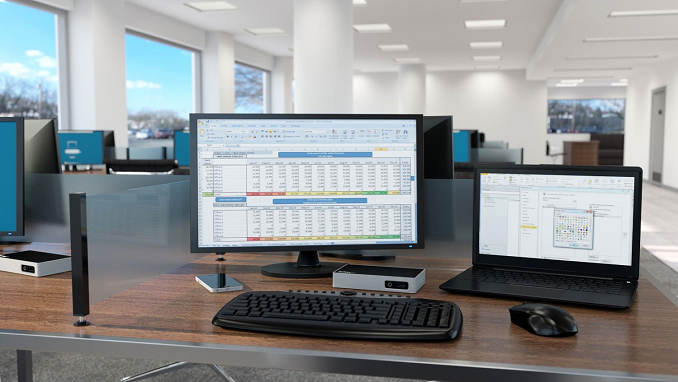 StarTech has launched three new USB based docking stations for the home-office or BYOD workforce. Being that they are based on USB 3.0, they will work with any Windows 7 and up PC, or Mac OS 10.8 and later. While a USB dock may not offer all of the same performance and connectivity of a business class docking station, the fact is that most laptops don’t offer any sort of docking solution.
StarTech has launched three new USB based docking stations for the home-office or BYOD workforce. Being that they are based on USB 3.0, they will work with any Windows 7 and up PC, or Mac OS 10.8 and later. While a USB dock may not offer all of the same performance and connectivity of a business class docking station, the fact is that most laptops don’t offer any sort of docking solution.
The new docks are the USB3VDOCK4DP (4K DisplayPort), USB3VDOCKD (DVI), and USB3VDOCKH (HDMI), which means that no matter what kind of connectivity you need, StarTech has a model to suit your equipment. It’s interesting too that the DisplayPort model will even support UHD resolutions, albeit at just 30 Hz. StarTech is using a DisplayLink DL series chipset to drive the displays, with a different model depending on which dock you get. The DisplayPort model uses the DL-5700, and the HDMI and DVI docks use the DL-3700, which offers a maximum resolution of 2048x1152.
In addition to the display connection, you also get three USB 3.0 ports, with one of them being a fast-charge port with USB Battery Charging 1.2 spec, which offers up to 7.5 watts of power. Gigabit Ethernet is also on tap, with Wake-on LAN capabilities, and the docks include a 3.5mm headset jack as well.StarTech Docking Stations Model USB3VDOCK4DP USB3VDOCKD USB3VDOCKH Display Output DisplayPort DVI HDMI Chipset DisplayLink DL-5700 DisplayLink DL-3700 DisplayLink DL-3700 Max Resolution 3840x2160 (30Hz max)
2560x1600 (60Hz)2048x1152 2048x1152 USB Ports 2 x USB 3.0
1 x USB 3.0 w/USB Battery Charge Spec 1.2Networking Gigabit Ethernet with Wake-on LAN Audio 3.5mm Headset Jack Size Height: 26 mm (1")
Width: 79 mm (3.1")
Length: 139 mm (5.5")Included Docking Station
USB 3.0 Host Cable
Power AdapterPrice $157.99 $134.99 $135.99
If you’ve wanted to connect your laptop to a keyboard, mouse, and monitor, StarTech will be offering the Docks for $135 for the HDMI/DVI models, and $158 for the DisplayPort model. It should be available in the next couple of weeks.
Source: StarTech
More...
-
12-11-15, 05:12 AM #5550
Anandtech: BCLK Overclocking Intel’s non-K Skylake Processors: Coming Soon
Anyone who has kept tabs on the extreme overclocking community recently would have noticed that the overclocker Dhenzjhen recently took a Core i3-6320 up to 127 MHz on increasing the base clock on his modified SuperMicro C7H170-M motherboard. We have heard that this feature may be coming to other motherboards through a simple BIOS update in the near future.
For the last few generations Intel has locked down its processors in terms of the CPU multiplier such that only a handful of parts allow a full range of overclocking. CPU frequency is determined by its base frequency (or base clock, typically 100 MHz) and multiplier (20x, 32x, 40x and all in-between depending on the part). The base clock has always been ‘open’, however in Sandy Bridge, Ivy Bridge and Haswell it has been linked to other parts of the system, such as the storage or the PCIe, meaning that any overclocking beyond 103-105 MHz led to other issues such as signal degradation or data loss. The Skylake platform changes this – as we noted back in our initial Skylake launch details, the chipset and PCIe now have their own clock domains, meaning that the base frequency only affects the CPU (core, uncore, cache), integrated graphics and DRAM.
Despite this, our best efforts to overclock non-K processors in-house (we have an i5-6500 for review at some point) are limited to a few MHz – the 103/104 MHz boundary has been tough to penetrate if possible at all. This makes what Dhenzjhen posted very interesting, as he was able to get a 27% performance boost (albeit under liquid nitrogen for an overclocking competition). Even with a 10-15% jump for day-to-day use, this allows the array of Pentium and Core i3 processors that are multiplier unlocked to get another 200-300 MHz boost in performance. We can postulate as to the reasons why Intel doesn’t release a Core i3 unlocked model, but if non-K overclocking can be enabled then this at least pushes some of the way there. Supermicro are in the process of shipping me the board in question and an i3 for testing. For clarification, Dhenzjhen is associated with Supermicro - many top overclockers are associated with a technology company in some way to help push the technology forward.
After speaking with Supermicro, ASRock knocked on my Skype chat to tell me they can do the same thing, and I received a string of messages and emails saying that they can do it on their motherboards, such as the Z170 Extreme7+ which we reviewed a couple of weeks ago, with nothing more than a simple BIOS update.
ASRock forwarded me images saying that on their Z170 OC Formula, they can successfully adjust the base clock of the Pentium G4400 by 20+%, the Core i3-6300T by 20% and the i5-6600 by over 30%. I was told that they will be rolling out a BIOS update to a large number of their motherboards after internal validation has been carried out and this should give a slow trickle of BIOS updates over the next week or so.
I should point out specifically that ASRock states that their results (20-30% OC) were all done on air cooling.
I am not being told (yet) as to what is required on the manufacturer side to do this, and I have a small amount of conflicting information also depending on whether this adjustment requires a physical change on top of the firmware adjustment. I suspect something in the chain that shares the clock domain with the CPU is being given an extenal reference clock, which is not part of Intel specifications but some motherboard manufacturers are doing automatically which requires some firmware adjustment. When all the motherboard manufacturers are doing this, then the exact reasons why should make its way out into the open, along with lists of compatible motherboards. Though it is worth noting that any BCLK overclock on this scale will result in the integrated graphics being disabled automatically by Intel's VGA driver if it is installed - before installation, the integrated graphics can still function I am being told.
Overall, this opens up the gates for interesting $800-like builds based on Pentium or Core i3 processors, and if we get a number of these in we will give our experiences and benchmark results in both stock and overclocked modes. I suspect that for the Pentium side of the equation we will see similar to the overclockable Pentium G3258 that Intel released last year, but the Core i3 angle proves to be interesting.
Additional: Since Dhenzjhen’s initial score, elmor has achieved a 152.8 MHz overclock (again, under extreme conditions for competition) on a Core i3-6300, giving a total frequency of 5.8 GHz using an ASUS Maximux VIII Gene. Given elmor’s ties to ASUS, I suspect that ASUS will also roll out adjustments over time for BCLK non-K overclocking.
Given Supermicro, ASRock and ASUS are doing this (presumably GIGABYTE, MSI and EVGA will follow), I wonder what Intel’s reaction will be to it. Despite most Intel processors being multiplier locked and the different clock domains and Intel’s push towards being ‘for gaming’ and ‘for overclockers’, the locked CPUs quizzically fall on the wrong side of that strategy, but for CPU manufacturers it does encourage users to buy the premium parts. If users can now buy the slightly cheaper Core i3 or Core i5 parts with hopes of a 10-15% overclock, there are many potential scenarios as to how this plays out both for consumers and Intel’s bottom line. There's also the fact that non-K processors have several features that the overclocking processors do not, such as Trusted Execution / TXT. We have reached out for an official response to the BCLK non-K overclocking methods that the motherboard manufacturers are using. But I have no doubt that system integrators will offer pre-overclocked systems as well. There is also the angle of enterprise to consider, if this opens up the Xeon side. While Xeon and overclocking might not be a good thing for most use cases, in the financial industry and areas where DRAM performance matters, it could be interesting.
Source: HWBot, ASRock
Gallery: BCLK Overclocking Intel’s non-K Skylake Processors: Coming Soon
More...
Thread Information
Users Browsing this Thread
There are currently 11 users browsing this thread. (0 members and 11 guests)





 Quote
Quote
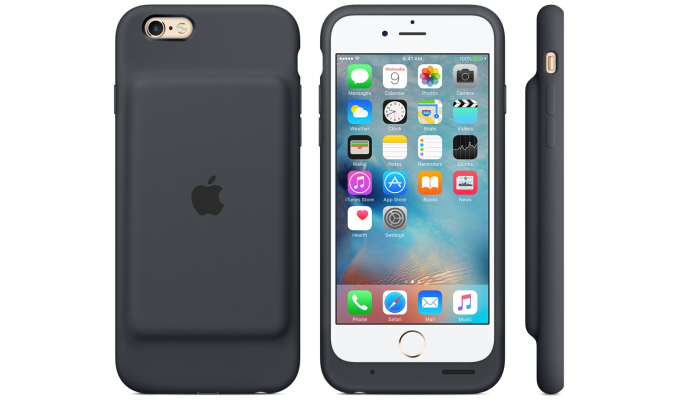


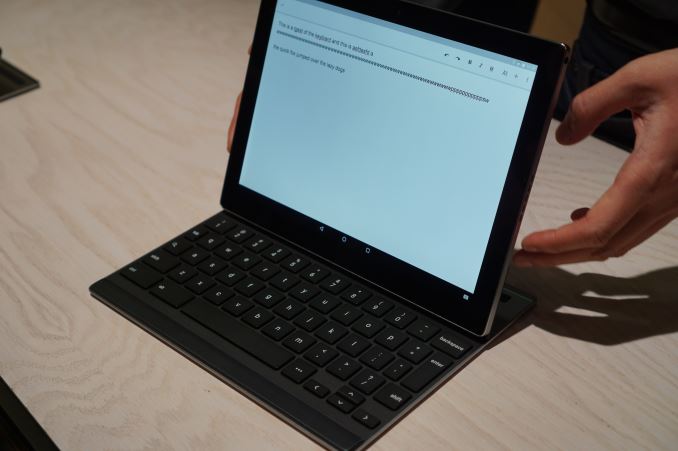
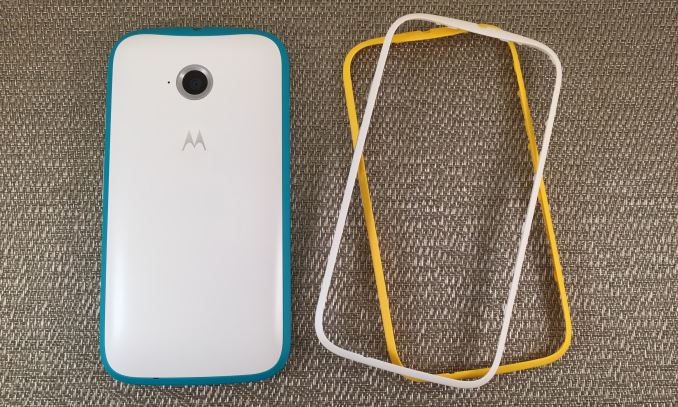
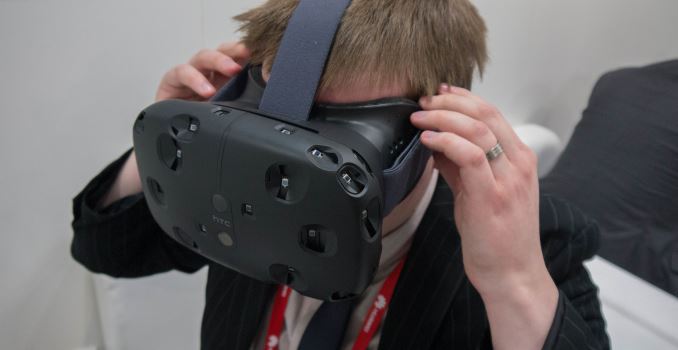



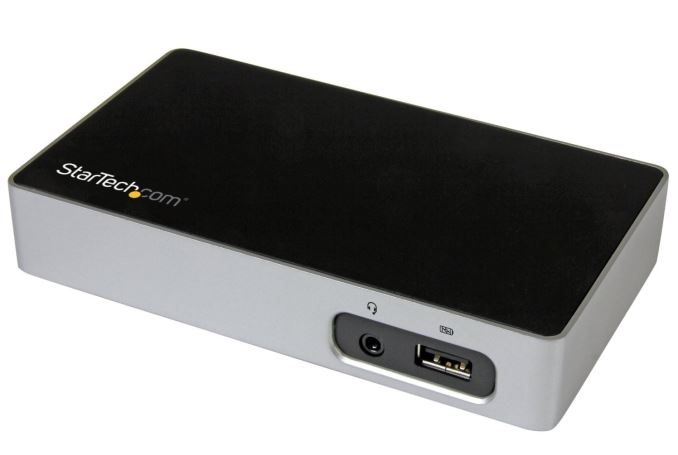
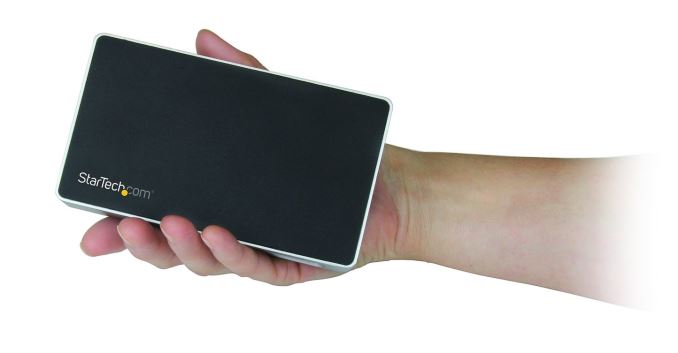
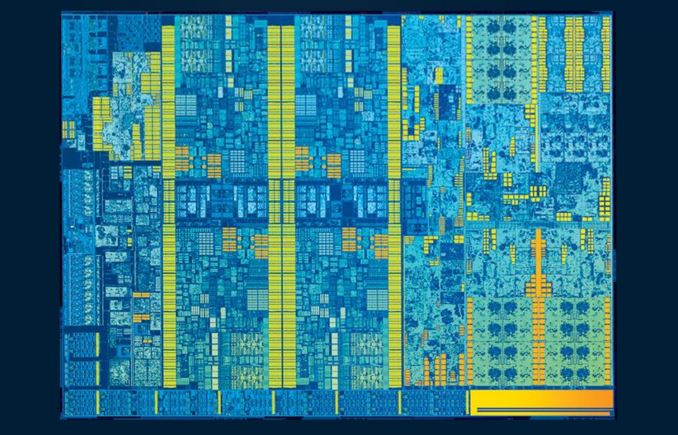
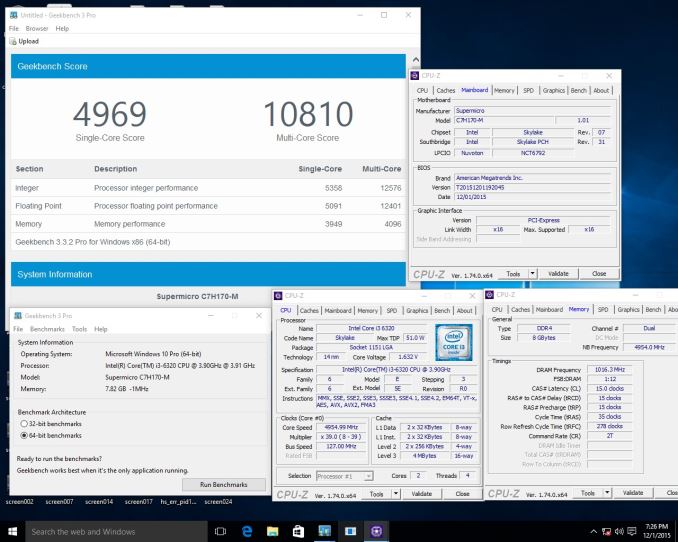

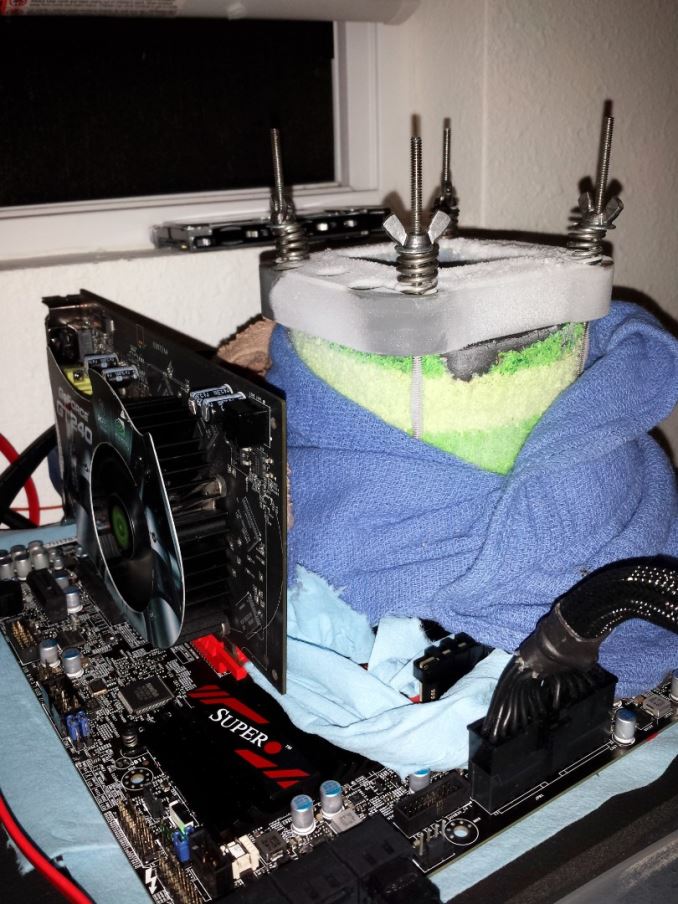
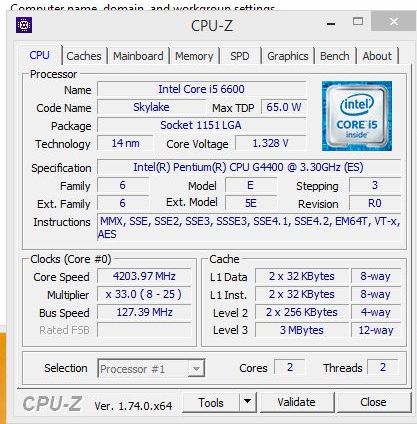
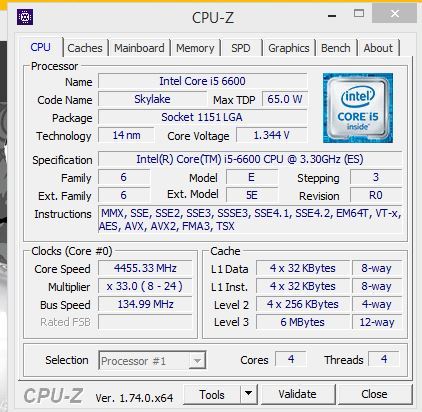
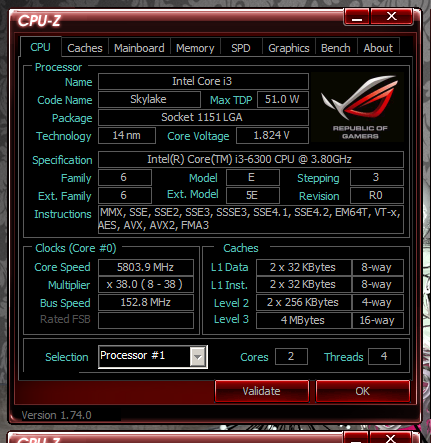



















Bookmarks